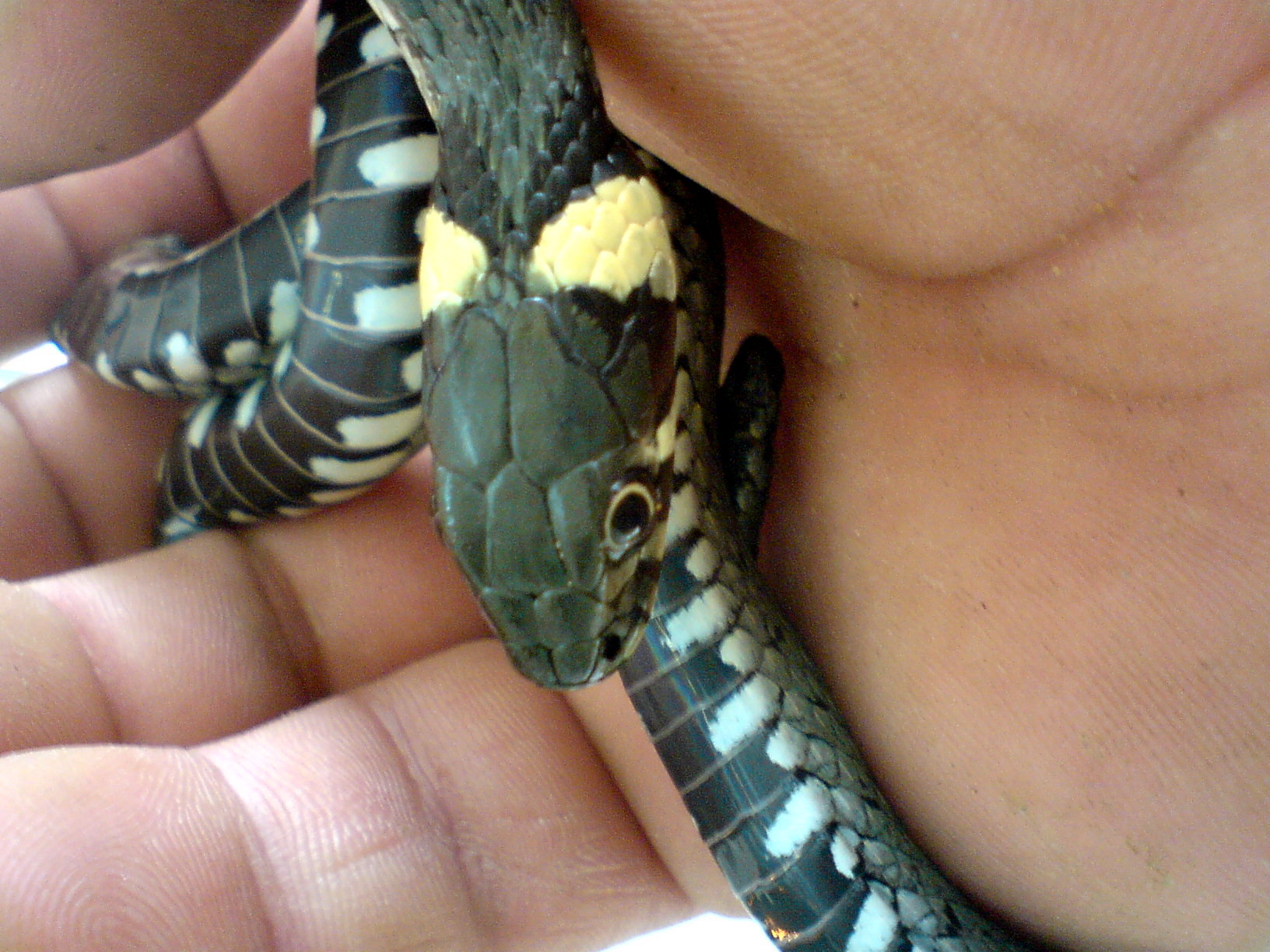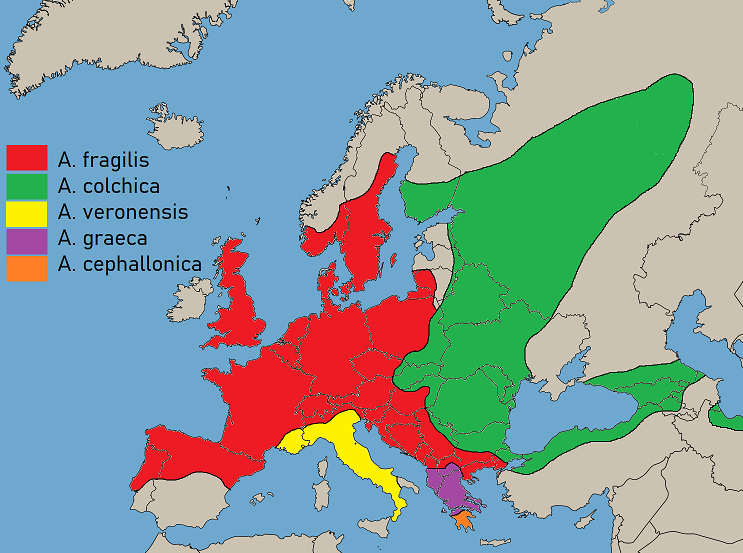|
Dew's Ponds
Dew's Ponds is a biological Site of Special Scientific Interest (SSSI) south of Halesworth in Suffolk Suffolk () is a ceremonial county of England in East Anglia. It borders Norfolk to the north, Cambridgeshire to the west and Essex to the south; the North Sea lies to the east. The county town is Ipswich; other important towns include Lowes .... It is a Special Area of Conservation. This site has a variety of types of grassland, hedges and ditches, on chalk overlain by boulder clay. However, it has been designated an SSSI primarily because it has twelve ponds with one of the largest breeding populations of great crested newts in Britain. There are also grass snakes, smooth newts and slowworms. The site is private land with no public access. References {{SSSIs Suffolk Sites of Special Scientific Interest in Suffolk Special Areas of Conservation in England ... [...More Info...] [...Related Items...] OR: [Wikipedia] [Google] [Baidu] |
Site Of Special Scientific Interest
A Site of Special Scientific Interest (SSSI) in Great Britain or an Area of Special Scientific Interest (ASSI) in the Isle of Man and Northern Ireland is a conservation designation denoting a protected area in the United Kingdom and Isle of Man. SSSI/ASSIs are the basic building block of site-based nature conservation legislation and most other legal nature/geological conservation designations in the United Kingdom are based upon them, including national nature reserves, Ramsar sites, Special Protection Areas, and Special Areas of Conservation. The acronym "SSSI" is often pronounced "triple-S I". Selection and conservation Sites notified for their biological interest are known as Biological SSSIs (or ASSIs), and those notified for geological or physiographic interest are Geological SSSIs (or ASSIs). Sites may be divided into management units, with some areas including units that are noted for both biological and geological interest. Biological Biological SSSI/ASSIs may ... [...More Info...] [...Related Items...] OR: [Wikipedia] [Google] [Baidu] |
Halesworth
Halesworth is a market town, civil parish and electoral ward in north-eastern Suffolk, England. The population stood at 4,726 in the 2011 Census. It lies south-west of Lowestoft, on a tributary of the River Blyth, upstream from Southwold. The town is served by Halesworth railway station on the Ipswich–Lowestoft East Suffolk Line. It is twinned with Bouchain in France and Eitorf in Germany. Nearby villages include Cratfield, Wissett, Chediston, Walpole, Blyford, Linstead Parva, Wenhaston, Thorington, Spexhall, Bramfield, Huntingfield, Cookley and Holton. History A Roman settlement, Halesworth has a medieval church; St Mary's with Victorian additions and a variety of houses, from early timber-framed buildings to the remnants of Victorian prosperity. Former almshouses used to house the Halesworth & District Museum (open from May to September) but this has now been moved to Halesworth railway station. There is a Town Trail walk. The place-name 'Halesworth' is fir ... [...More Info...] [...Related Items...] OR: [Wikipedia] [Google] [Baidu] |
Suffolk
Suffolk () is a ceremonial county of England in East Anglia. It borders Norfolk to the north, Cambridgeshire to the west and Essex to the south; the North Sea lies to the east. The county town is Ipswich; other important towns include Lowestoft, Bury St Edmunds, Newmarket, and Felixstowe which has one of the largest container ports in Europe. The county is low-lying but can be quite hilly, especially towards the west. It is also known for its extensive farming and has largely arable land with the wetlands of the Broads in the north. The Suffolk Coast & Heaths and Dedham Vale are both nationally designated Areas of Outstanding Natural Beauty. History Administration The Anglo-Saxon settlement of Suffolk, and East Anglia generally, occurred on a large scale, possibly following a period of depopulation by the previous inhabitants, the Romanised descendants of the Iceni. By the fifth century, they had established control of the region. The Anglo-Saxon inhabitants later b ... [...More Info...] [...Related Items...] OR: [Wikipedia] [Google] [Baidu] |
Special Area Of Conservation
A Special Area of Conservation (SAC) is defined in the European Union's Habitats Directive (92/43/EEC), also known as the ''Directive on the Conservation of Natural Habitats and of Wild Fauna and Flora''. They are to protect the 220 habitats and approximately 1,000 species listed in annex I and II of the directive which are considered to be of European interest following criteria given in the directive. They must be chosen from the Sites of Community Importance by the member states and designated SAC by an act assuring the conservation measures of the natural habitat. SACs complement Special Protection Areas and together form a network of protected sites across the European Union called Natura 2000. This, in turn, is part of the Emerald network of Areas of Special Conservation Interest (ASCIs) under the Berne Convention. Assessment methodology in the United Kingdom Prior to being designated as a Special Area of Conservation (SAC), sites have been assessed under a two-stage process ... [...More Info...] [...Related Items...] OR: [Wikipedia] [Google] [Baidu] |
Boulder Clay
Boulder clay is an unsorted agglomeration of clastic sediment that is unstratified and structureless and contains gravel of various sizes, shapes, and compositions distributed at random in a fine-grained matrix. The fine-grained matrix consists of stiff, hard, pulverized clay or rock flour. Boulder clay is also know as either known as drift clay; till; unstratified drift, geschiebelehm (German); argile á blocaux (French); and keileem (Dutch).Charlesworth, J. K., 1957. ''Chap 18, Boulder Clay''. In ''The Quaternary Era, with Special Reference to its Glaciation''. v. 1, London, United Kingdom, Edward Arnold, p. 376-388.Neuendorf, K.K.E., J.P. Mehl, Jr., and J.A. Jackson, eds. (2005) ''Glossary of Geology'' (5th ed.). Alexandria, Virginia, American Geological Institute. 779 pp. The term ''boulder clay'' is infreqently used for gravelly sedimentary deposits of nonglacial origin. These deposits include submarine slump and slide deposits along continental margins,Reineck, H.E. and Si ... [...More Info...] [...Related Items...] OR: [Wikipedia] [Google] [Baidu] |
Great Crested Newt
The northern crested newt, great crested newt or warty newt (''Triturus cristatus'') is a newt species native to Great Britain, northern and central continental Europe and parts of Western Siberia. It is a large newt, with females growing up to long. Its back and sides are dark brown, while the belly is yellow to orange with dark blotches. Males develop a conspicuous jagged crest on their back and tail during the breeding season. The northern crested newt spends most of the year on land, mainly in forested areas in lowlands. It moves to aquatic breeding sites, mainly larger fish-free ponds, in spring. Males court females with a ritualised display and deposit a spermatophore on the ground, which the female then picks up with her cloaca. After fertilisation, a female lays around 200 eggs, folding them into water plants. The larvae develop over two to four months before metamorphosing into terrestrial juveniles (efts). Both larvae and land-dwelling newts mainly feed on different ... [...More Info...] [...Related Items...] OR: [Wikipedia] [Google] [Baidu] |
Grass Snake
The grass snake (''Natrix natrix''), sometimes called the ringed snake or water snake, is a Eurasian non-venomous colubrid snake. It is often found near water and feeds almost exclusively on amphibians. Subspecies Many subspecies are recognized, including: ''Natrix natrix helvetica'' ( Lacépède, 1789) was formerly treated as a subspecies, but following genetic analysis it was recognised in August 2017 as a separate species, ''Natrix helvetica'', the barred grass snake. Four other subspecies were transferred from ''N. natrix'' to ''N. helvetica'', becoming ''N. helvetica cettii'', ''N. helvetica corsa'', ''N. helvetica lanzai'' and ''N. helvetica sicula''. Description The grass snake is typically dark green or brown in colour with a characteristic yellow or whitish collar behind the head, which explains the alternative name ringed snake. The colour may also range from grey to black, with darker colours being more prevalent in colder regions, ... [...More Info...] [...Related Items...] OR: [Wikipedia] [Google] [Baidu] |
Slowworm
The slow worm (''Anguis fragilis'') is a reptile native to western Eurasia. It is also called a deaf adder, a slowworm, a blindworm, or regionally, a long-cripple and hazelworm. These legless lizards are also sometimes called common slowworms. The "blind" in blindworm refers to the lizard's small eyes, similar to a blindsnake (although the slowworm's eyes are functional). Slow worms are semifossorial (burrowing) lizards, spending much of their time hiding underneath objects. The skin of slow worms is smooth with scales that do not overlap one another. Like many other lizards, they autotomize, meaning that they have the ability to shed their tails to escape predators. While the tail regrows, it does not reach its original length. In the UK, they are common in gardens and allotments, and can be encouraged to enter and help remove pest insects by placing black plastic or providing places to shelter such as piles of logs, corrugated iron sheets or under tiles. On warm days, one or ... [...More Info...] [...Related Items...] OR: [Wikipedia] [Google] [Baidu] |
Sites Of Special Scientific Interest In Suffolk
Site most often refers to: * Archaeological site * Campsite, a place used for overnight stay in an outdoor area * Construction site * Location, a point or an area on the Earth's surface or elsewhere * Website, a set of related web pages, typically with a common domain name It may also refer to: * Site, a National Register of Historic Places property type * SITE (originally known as ''Sculpture in the Environment''), an American architecture and design firm * Site (mathematics), a category C together with a Grothendieck topology on C * ''The Site'', a 1990s TV series that aired on MSNBC * SITE Intelligence Group, a for-profit organization tracking jihadist and white supremacist organizations * SITE Institute, a terrorism-tracking organization, precursor to the SITE Intelligence Group * Sindh Industrial and Trading Estate, a company in Sindh, Pakistan * SITE Centers, American commercial real estate company * SITE Town, a densely populated town in Karachi, Pakistan * S.I.T.E Indust ... [...More Info...] [...Related Items...] OR: [Wikipedia] [Google] [Baidu] |





